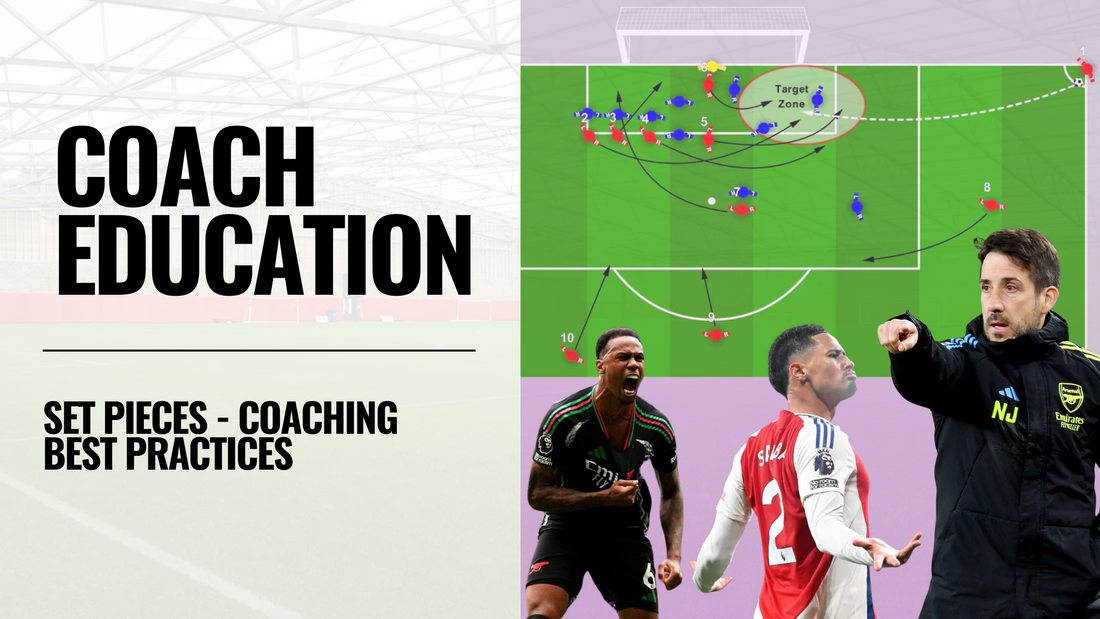
Set Pieces - Coaching Best Practices
Share
In modern football, where margins are fine and defences are well-organised, set pieces have become a vital weapon. Roughly a third of all goals are scored from set plays, making them one of the most efficient attacking tools available to coaches at all levels. Yet, many teams fail to prepare properly for them, missing out on clear goal-scoring chances or conceding due to poor structure and communication.
This article offers detailed best practices for both attacking and defending set pieces, covering corners, free kicks, and throw-ins, and provides coaches with actionable insights to enhance their team’s performance in these situations.
📚 The Importance of Organisation and Clarity
Whether it’s an attacking or defensive set piece, the single most important principle is clarity. Every player must know their:
- Starting position
- End position
- Responsibility (e.g. blocker, runner, deliverer, shooter)
Ambiguity leads to hesitation, which costs goals.
For attacking routines, clearly communicate:
- Which zone the ball is being delivered to
- Who is attacking that zone
- Who is blocking or decoy running
- Who is covering for second balls and transitions
This doesn’t require dozens of routines. In fact, it’s better to have a small, well-drilled bank of 3–5 routines that players remember and can execute under pressure.
⛳️ Corners: Vary the Delivery and Movement
Corner kicks offer a structured moment to create chaos in the opposition box. Consider the following principles:
Attacking Corners:
- Use clear roles (attackers, blockers, decoys)
- Include one or two players outside the box to recycle or protect against counter-attacks
- Vary the delivery types: inswingers, outswingers, flat drives, and lofted balls
- Consider short corners to change the angle and create a more favourable crossing or shooting position
- Use disguised movements - start centrally and peel off to wider zones or crash the near post
Coaching Tip:
Have a designated first-contact zone (e.g. penalty spot or near post). Your best headers attack this consistently while other players react to the first ball or anticipate the second phase.
🎯 Free Kicks: Direct and Indirect Threats
Free kicks come in all shapes and situations. Good coaching involves preparing for both shooting opportunities and crossing opportunities.
Shooting Free Kicks:
- Help players understand their personal range (e.g. inside 22 yards, use curl or power; further out, consider driven knuckleballs or dummies)
- Practise from various angles, not just central positions
Crossing Free Kicks:
- Ensure takers know where they’re delivering to (near, far, central, or cut-back)
- Train your team to start outside the box and time their runs, attacking with momentum
- Vary the starting positions to confuse zonal defences
Shifting the Angle:
A small pass to the side (e.g. rolling the ball out of the wall zone) can open up a better angle for a delivery. It forces the defensive line to move and can expose poor coordination.
🔄 Second Phase Awareness
Many set-piece goals do not come from the first contact, but from the second ball when the defence half-clears the ball, and it drops in a dangerous area.
Train your players to:
- React faster than the opposition
- Follow in after shots or headers
- Stay switched on to recycled balls and rebounds
Defensively, emphasise:
- Clearing with distance
- Marking loose players outside the box
- Maintaining shape and communication after the initial clearance
⚽️ Don’t Neglect Throw-Ins
Throw-ins are the most under-coached set piece in football. Yet, they occur dozens of times each match and frequently result in lost possession due to poor execution.
Best Practices for Throw-Ins
- Ensure throwers are trained to throw to feet, into space, or for flicks
- Receivers should check their shoulders and have options
- Plan throw-in structures: one checking, one stretching, and one offering a bounce pass
- Use throw-ins as launching points, especially in the final third with well-rehearsed movements
🛡️ Defending Set Pieces: Man, Zone or Hybrid?
There are three main systems for defending corners and free kicks:
Man-to-Man Marking
- Players mark specific opponents and track them
- Works well if you have strong 1v1 defenders
- Vulnerable to blocks and late movement
Zonal Marking
- Defenders guard space rather than players
- More cohesive as a unit but can be static
- Requires strong timing and decision-making
Hybrid (Zonal + Man-to-Man)
- Usually involves a zonal line across the six-yard box
- Remaining players mark dangerous attackers man-to-man
- Offers both structure and aggression
Key Defensive Coaching Points:
- Players must attack the ball, not just hold position
- Be alert to blindside runs from late attackers
- Ensure clear communication between keeper and defenders
👥 Match Your Routines to Your Players and Opponents
There’s no “one size fits all” approach to set pieces. The routines you use should:
- Suit the strengths of your squad (e.g. do you have tall headers, fast decoys, great technicians?)
- Exploit the weaknesses of your opponent (e.g. unmarked back post, short centre-backs, poorly set zones)
Scouting and analysis are your allies. Adapt your routines slightly depending on opposition tendencies.
👉 Conclusion: Plan, Practise, Perfect
Set pieces should never be an afterthought. A few minutes each session, focused on clear, specific routines, can yield real results. Defensively, structure and clarity are your best tools. Offensively, variation and precision are key.
Above all, make sure players know their jobs when routines become instinctive, your team becomes far more dangerous from dead ball situations.

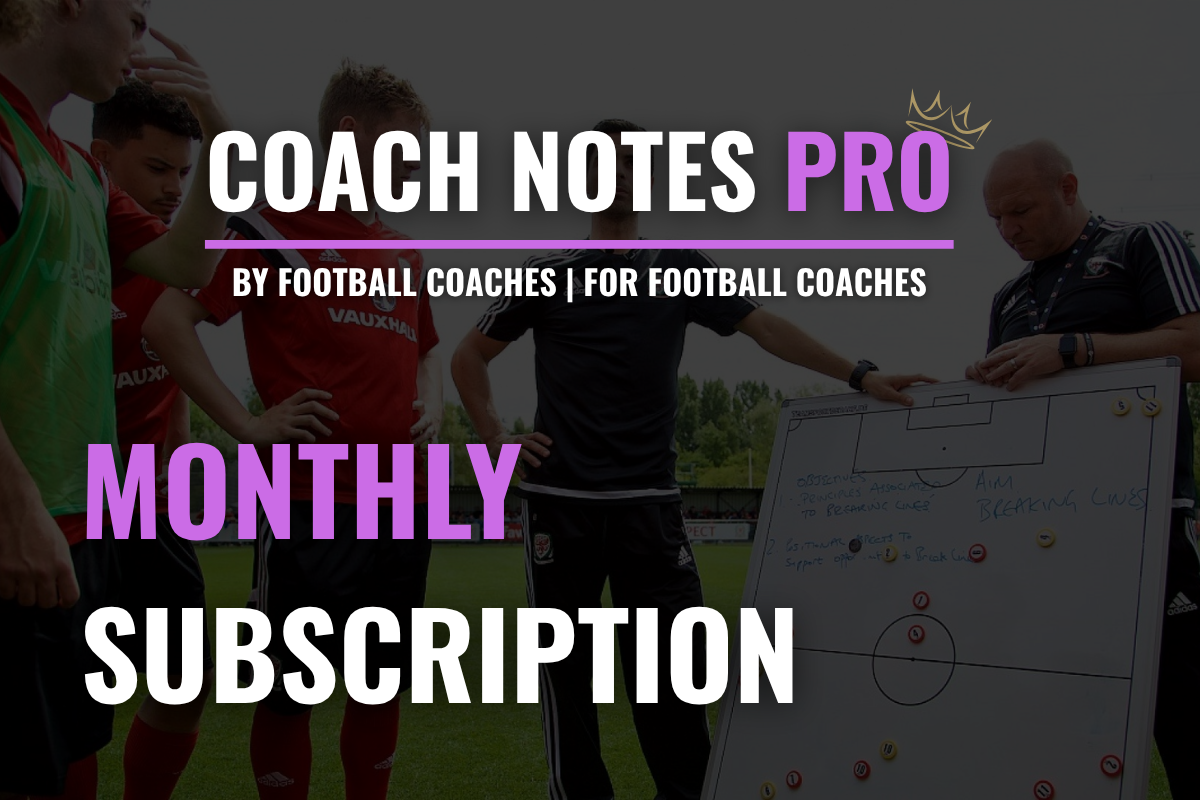
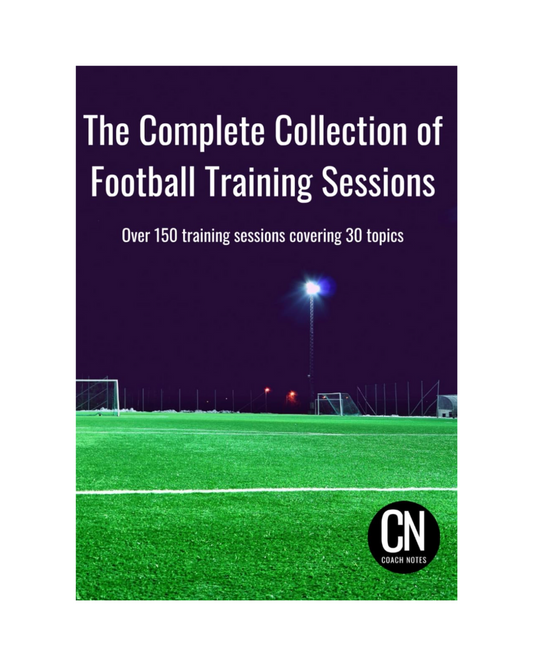
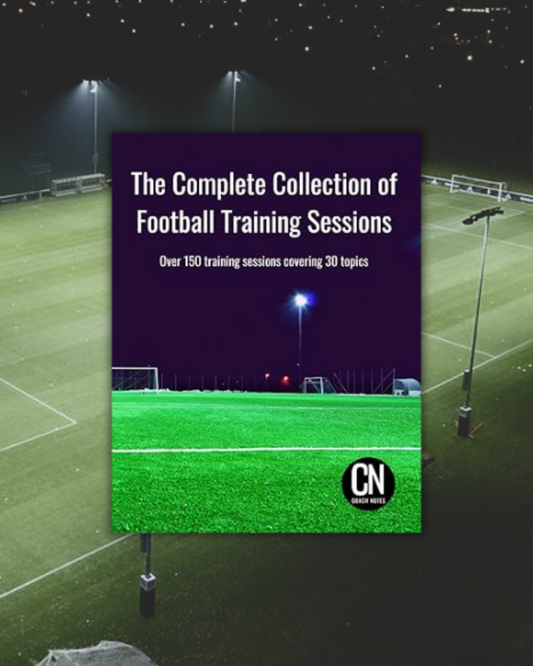
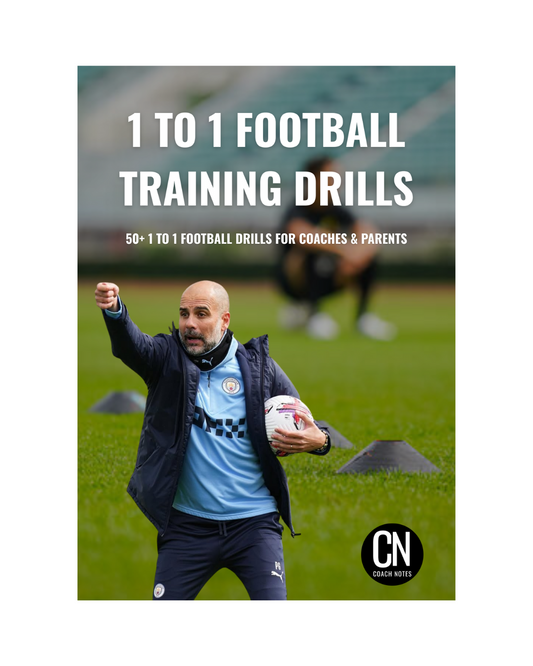
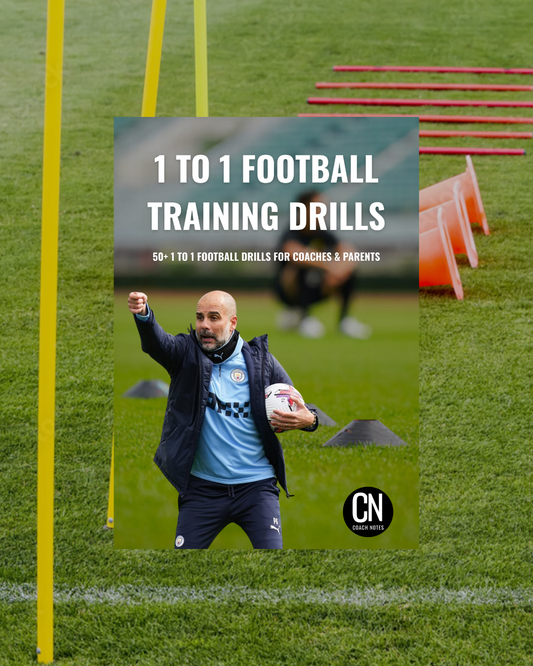
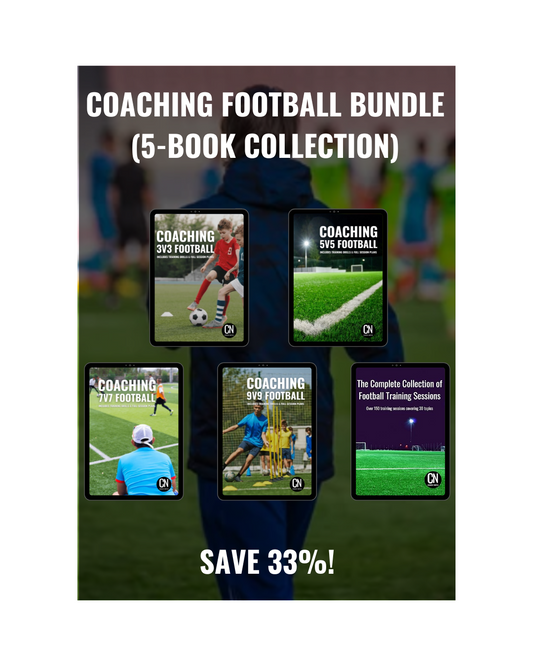
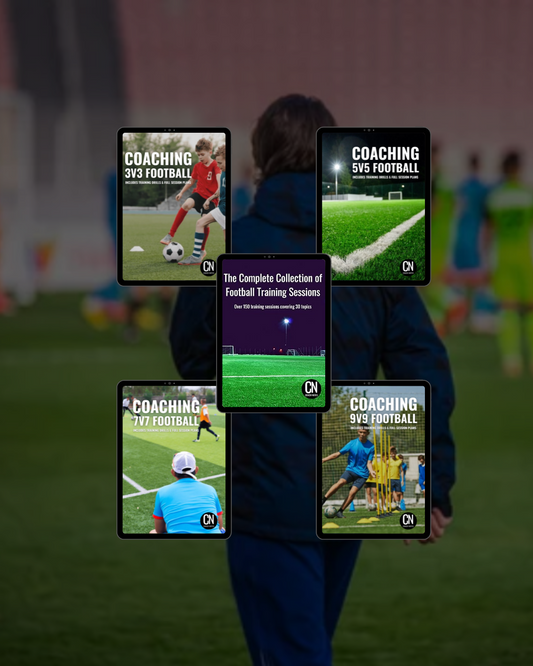
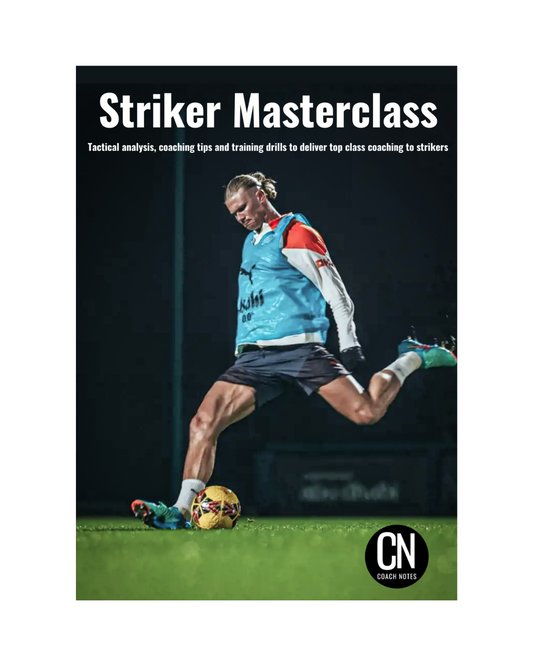
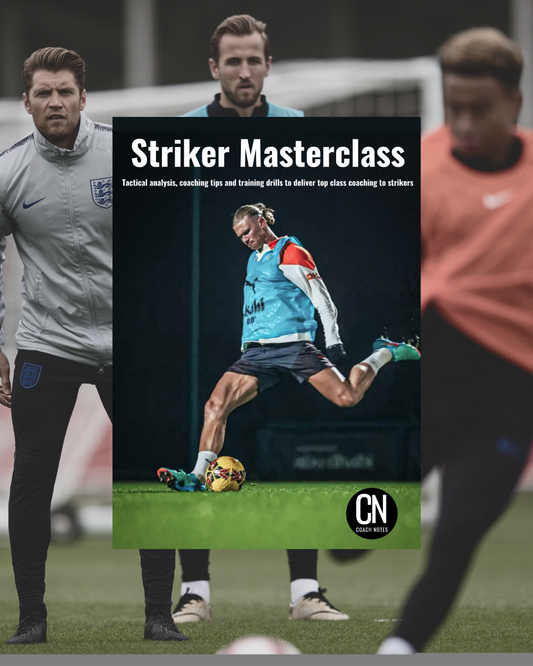
2 comments
😍😍🙏🙏
Point taken